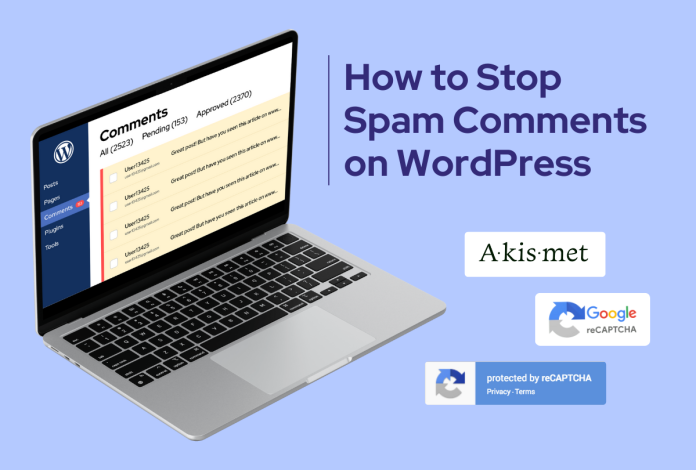eCommerce has its roots in the ‘70s. However, the first secure online payment was made in 1994 when someone bought a Sting music CD from NetMarket. Amazon was launched by Jeff Bezos in 1995, the Alibaba Group appeared in 1999, and eBay in 2001. Alright, these are historical facts that can be easily found on Wikipedia and other related websites. But, how about things that are not so easy to find?
In this article, I’ll tell you something about human behavior, marketing insights, and the eCommerce industry in general. Regardless of the reason you’re here – launching an online store or just for extra information, note that the eCommerce industry is a jungle, and the jungle is real life. Things don’t come for granted, and you’ll have to work your way around.
Why Do People Buy Products or New Items? What Drives People into Buying New things?
We admire everything that looks nice and feels good. We love textures, flavors, colors, and new beginnings. There’s always a motive for buying any product, starting with basic needs such as groceries, cleaning supplies or apparel items. Besides necessity, there are other motives, most of them driven by emotions and impulses.
Nowadays, we are all digital enthusiasts and online stores have attractive websites and intuitive mobile applications. We are happy when something we desire is cheaper. Sometimes, we only buy the item because it’s cheap, not because we really need it.
When we make a purchase, we’re actually behaving in a specific way. “Maslow’s hierarchy of needs is used to study how humans intrinsically partake in behavioral motivation,” notes Wikipedia. For a full analysis on Maslow’s hierarchy of needs, you can refer to the Very Well Mind website.
Did You Know That:
- The first online shopper was an old lady who bought groceries through television.
- The first secure payment and online selling was in 1994.
- Top three countries with the highest eCommerce sales are: China, USA, and the UK.
- We can think of online shopping as defined by Maslow’s in the hierarchy of needs

- All the businesses are centered around a customer persona profile. Or, they should be.
- Accurate product descriptions are SEO natural material and a trust factor.
- Social media and eCommerce are closely connected. Ratings, real pictures, and real stories.
- Email marketing well-done can increase your store income.
- You need to first invest money, and then you’ll double, triple them. Depending on how much you’ll invest in your store, the results will be satisfactory.
- There are four popular eCommerce business models: B2B, B2C, C2, and C2B.
- Did you know that eBay has the greatest user-base of all eCommerce websites?
- The most preferred payment methods are Credit and Debit Cards, Mobile Wallet, Bank transfer, and prepaid cards.
- Generation Z is the group of buyer personas the hardest to market to.
- An omnichannel experience of your business can better increase your revenue. People buy things when their purpose is not shopping.
- Reviews have a strong importance in consumers’ decision-making process.
How Emotions Push Decisions and Drive More Sales
The shopping behaviour is strongly engaged by emotional moods. If you’re looking out for new ways to drive more sales to your shop, you must know that decisions are not rational. You can really influence people into buying your products.
When we are about to make a choice, if something similar happened to us in another context, we will tend to take the decision based on the feeling we had back then: either positive or negative. “The decisions we make are influenced by the context in which they take place, and our perceptions of their outcomes are also seen through the same lens,” notes Neuroscience News.
Another great and comprehensive article with real examples is the one conducted by the Invesp team, that explains how emotional triggers can boost eCommerce industry and sales.
Future is bright. Future is eCommerce only!
People tend to buy everything online. They seek painless payment methods, they love omnichannel shopping experience, fast-delivery is a must, and convenience is top. Less fill-out forms, the opportunity to buy directly without creating an account and validate it through email, flexible payment choices – all these are consumer behavior facts. Put yourself in the customer’s shoes and get the most out of your eCommerce business.














